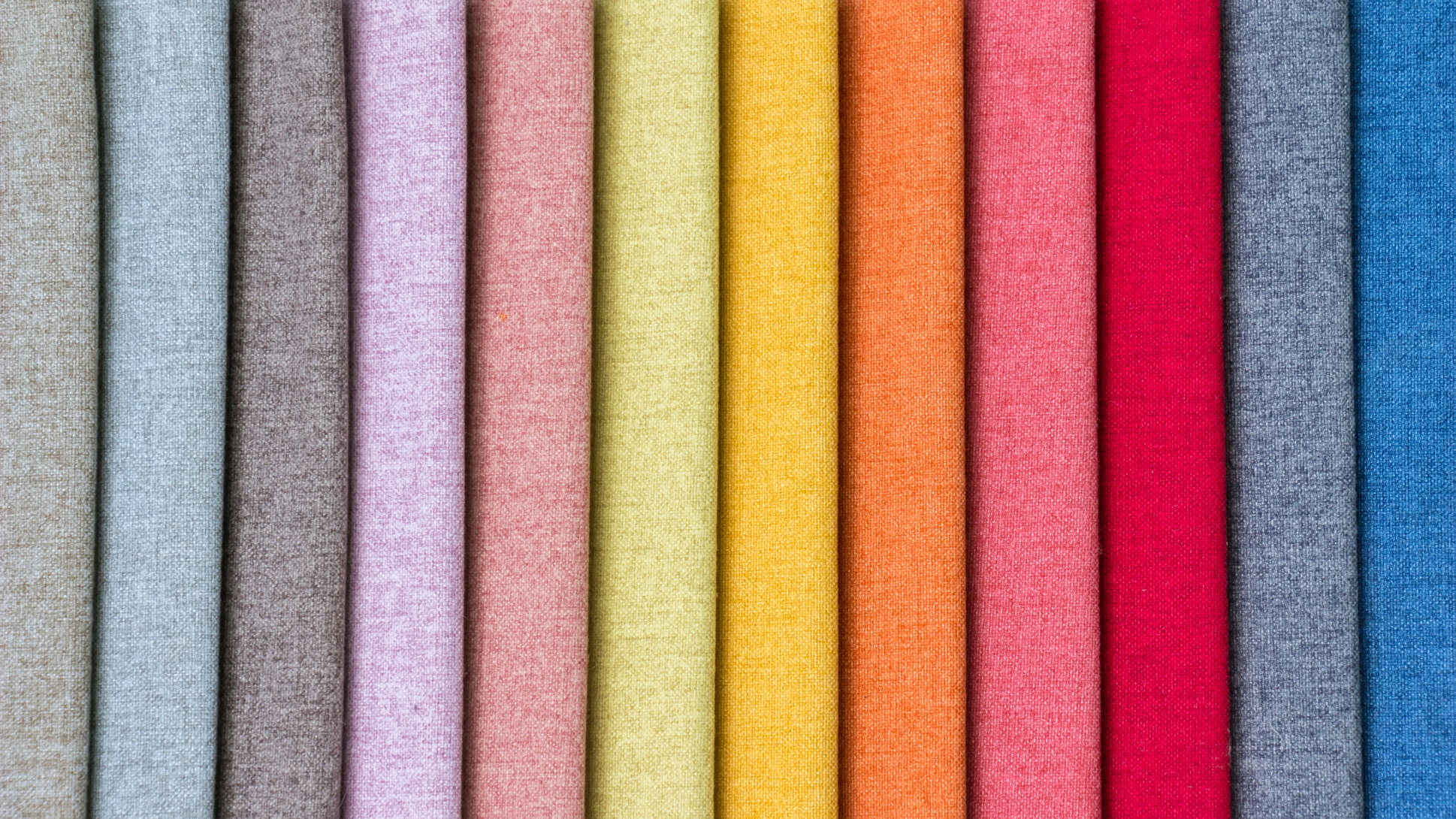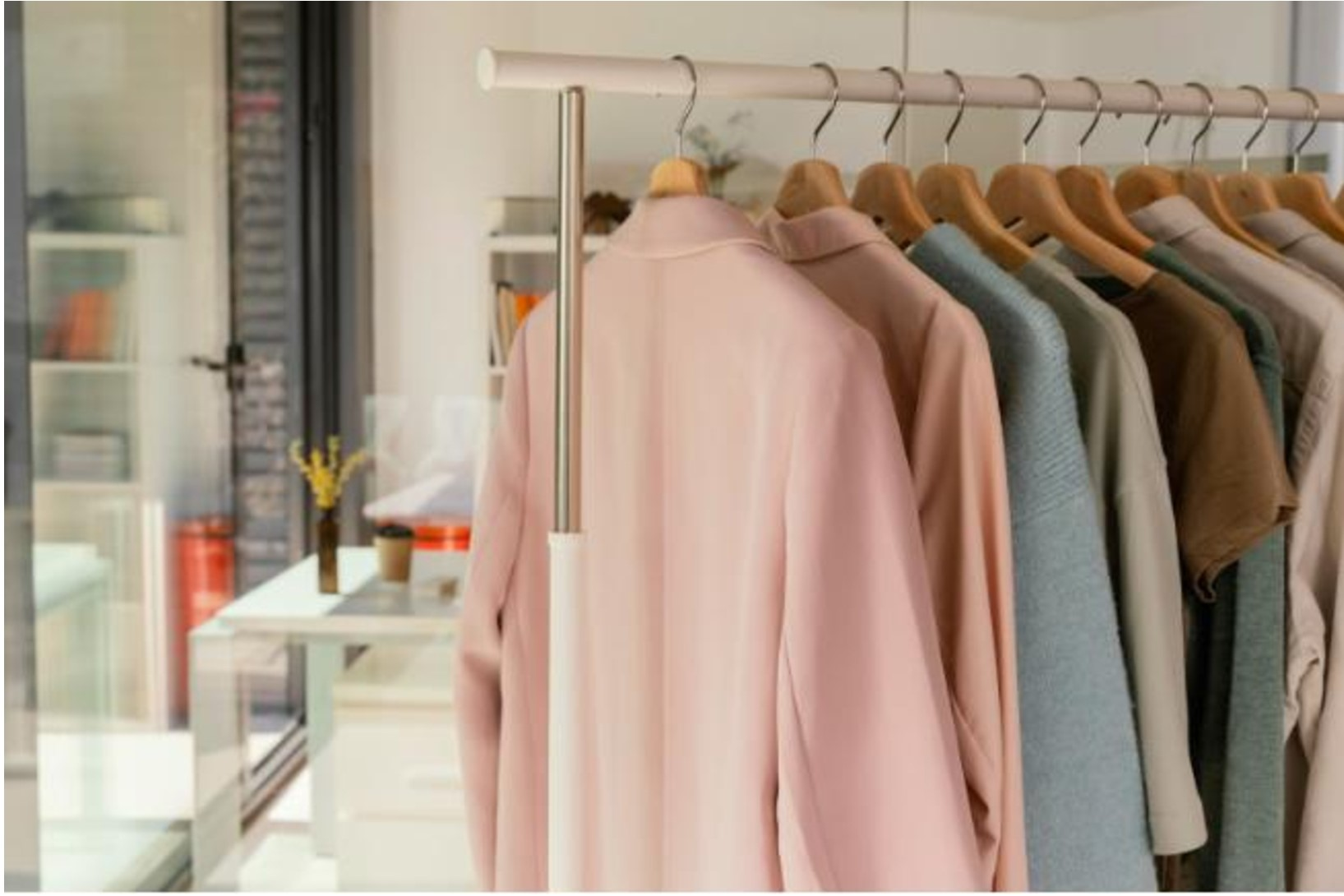
5 Sustainable Fabrics that will Save the Planet
Sustainable fashion and clothing have been doing the rounds for a while now. But what exactly are these clothes made of and how is it good for the environment? But before we jump into those facts, let’s look at why one should switch to sustainable clothing and fabrics:
- Good for skin: Most sustainable fabrics are extremely smooth and non-irritant, making them suitable for almost all skin types. Organic fabrics in particular don’t use any chemicals, thus reducing the chances of allergic reactions.
- They’re sustainable: This is probably the single biggest reason in favour of these fabrics. You should make the switch simply because they are good for the planet. Synthetic fabrics are not only not eco-friendly, but they are also made using unfair labor.
- High quality: Most of these fabrics are built to last and therefore are high quality.
Now that you know why you should make the switch, the question becomes how and to what fabrics. Below are some of the most common sustainable fabrics:
- ic Cotton: You simply can’t go wrong with cotton. It’s even better when it’s organic cotton. There are several reasons why organic cotton is considered sustainable. It’s chemical-free, uses fair trade most of the time, is highly absorbent, lasts several washes, and can be repurposed easily. Cotton in itself is a wonderful fabric, capable of being made into everything, from cotton shirts to cotton dresses.
- Bamboo Fabric: Such fabric can be bamboo rayon, bamboo linen, yarn, etc. The fibers used to make it are extracted from bamboo pulp. This fabric is mainly used for household and textile items like mats, bedsheets, etc.
- Tencel: This is a trademarked technology being used to produce lyocell. It’s semi-synthetic, extracted from wood pulp using way less water than other fabrics and is extremely durable. It has recently become quite popular as an alternative to cotton.
- Pinatex: This is actually quite an interesting fabric in the sense that it is a replacement for leather. Now, unlike vegan leather (which is basically plastic), Pinatex is extracted from pineapple leaves which would ideally be burnt. Moreover, big names like Hugo Boss, H&M, and Hilton are already using this fabric, making it a frontrunner in your choice of sustainable fabrics.
- Woocoa: This is basically vegan wool. Woocoa fur is made from coconut and hemp fibers leftover in their respective industries. But you may ask – coconut fiber? Coconut fiber is actually perfect for this since it is hygroscopic, warm, and naturally antibacterial and hemp fiber is durable and easy to dye. These fibers are rotted in a controlled environment to give a perfectly soft, long-lasting fabric. Woocoa is the true definition of closing the loop.
But how would an average person understand whether a fabric is sustainable or not?
Well, most fabrics that are sustainable or used for sustainable clothing can be identified in one of the 3 ways: certifications, standards, and schemes. There are a lot of these 3. For example, some fabrics may be Fairtrade Certified while others may be Cradle to Cradle certified. There are eco-labels that one can refer to like Made in Green and Oeko-tex.
All this requires conscious research on the consumer’s end to make an ethical, sustainable choice.






